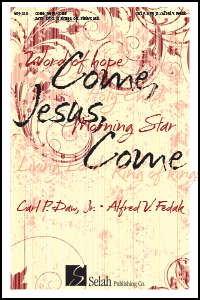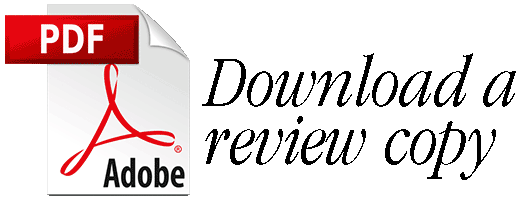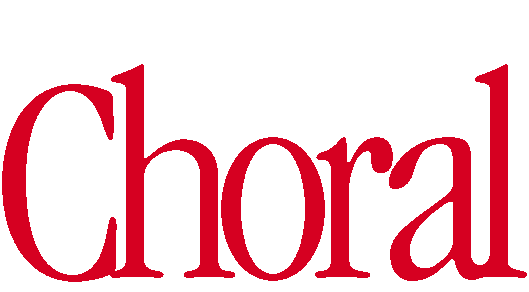|
Composer Alfred V. Fedak
Text Carl P. Daw, Jr.
Voicing SATB, keyboard or strings, opt. flute/C inst.
Topic Advent/Christmas
Price $2.75 (U.S.)
Length 3' 40" Released 7/16
Catalog no. 405-210
Difficulty Mod. easy
Other editions Full score/parts (405-211)
|
Order now!
Order PDF download!
Min. of 5
Order Full score/parts!
Order Full score/parts PDF download!
Anthem text
Come, Jesus, come, Morning Star:
come with rays of joy and peace.
Word of hope, whom fears would bar,
from our darkness bring release.
Come, Jesus, come, Holy Child:
come enfleshed in humble birth.
Word of love, though scorned, reviled,
give our human life new worth.
Come, Jesus, come, living Lord:
come in prayer and sacraments.
Word of blessing still outpoured,
work in ways transcending sense.
Come, Jesus, come, King of kings:
come to rule on earth again.
Word for whom creation sings,
"O come, Prince of Peace, and reign."
--Carl P. Daw, Jr.
© 1990 Hope Publishing Company, Carol Stream, IL 60188. All rights reserved.
|
|
 

Description
Carl Daw’s Advent/Christmas text celebrates the coming of the "Word for whom creation sings." Alfred Fedak’s setting is available for choir with keyboard and flute (or other C instrument), and also in the original scoring using string quartet instead of keyboard. The litany-like invocation that opens the text returns throughout, drawing the choir and congregation on a journey of anticipation.
Review
"Carl P. Daw, Jr., has provided a profoundly beautiful text, suitable for Advent, Christmastide, or Epiphany, with mention of prayer, sacraments, and blessings. Choral parts are harmonically rich without being too challenging. There are opportunities for soprano and baritone solos, which would be ethereal if performed from another area of the worship space. Exquisite setting." --Cross Accent, Fall/Winter 2017
"..., this piece sets contemporary poetry, in this instance by Dr. Carl Daw, Jr. The text is more conventional in its imagery, with normal citations of “Holy Child” and “Prince of Peace.” Daw’s skill as a hymn writer is in full display here. Each of the four stanzas comprises an interlocking set of images related to one aspect of Christ: Morning Star, Holy Child, living Lord, and King of kings. The tautness of each verse creates a beautiful unity, while the litany-like repetition of form from one verse to another imparts a harmonious arc throughout the hymn. Fedak’s interpretation is also a brilliant execution of conventional forms. The original melody uses repeated intervals to correspond to the structure of the poem, yet the contour is natural and attractive in its own right. The first verse trades off between treble and bass voices in alternation, and the second verse moves in simple two-part harmony between bass and treble. Four-part homophony makes its first appearance in verse three, highlighted by an abrupt key change from D Major to F Major. The fourth verse shifts back to the original key and begins with unison choir. The voices soon break into harmony, and once the entire hymn is stated, they reiterate first and final textual phrases to implore “Come, Jesus, come; come, Prince of Peace, and reign.” Although this summation does not stem exactly from the source text, it effectively distills the essence of the hymn. What follows is of particular interest and inspiration. Rather than simply concluding the anthem, Fedak begins a new section with a simple two-measure accompanimental phrase repeating in ostinato (but with variation) as a soprano solo weaves a placid reiteration of key phrases from the hymn. The effect is almost like a Taizé chant, and, paired with an echoing flute part, serves as an evocative reverberation of the hymn-anthem. The full choir re-enters with repeated petitions of “Come, Jesus, come” using the twobar accompaniment progression, and a baritone solo takes over the incantational role, restating more phrases from the hymn. The second half of the anthem never feels tiresome or gratuitous in its lengthening of the anthem. It is certainly an extended coda, yet its integrity and simple beauty warrant its inclusion. The anthem is moderately easy, and it would require very limited rehearsal time from most ensembles. The flute part is also very accessible to amateur players. Parts for a string quartet in lieu of the organ are also available from the publisher." --AAM Journal, September 2018
|






























